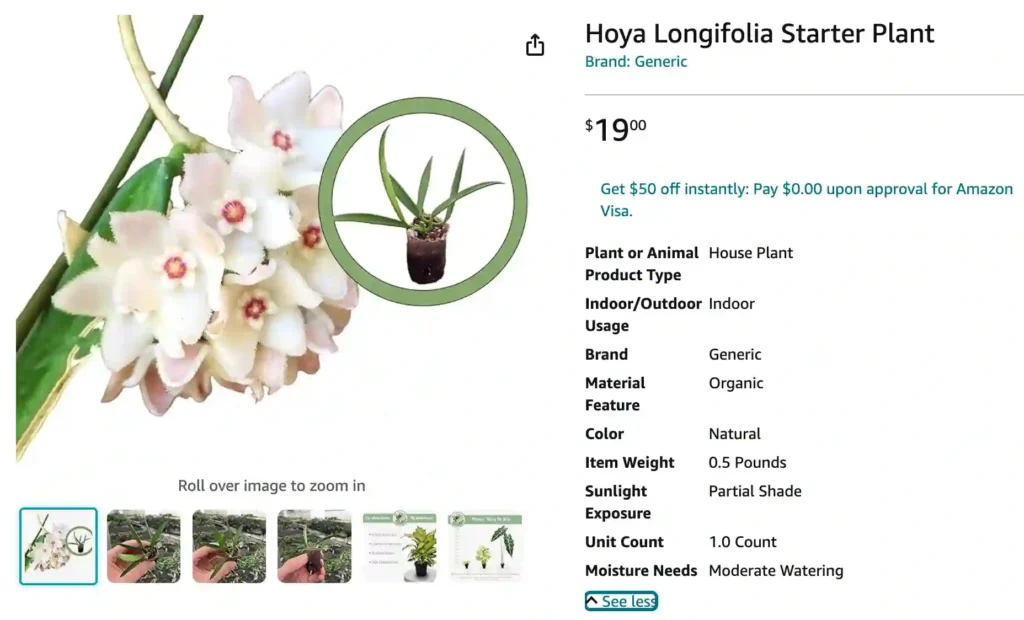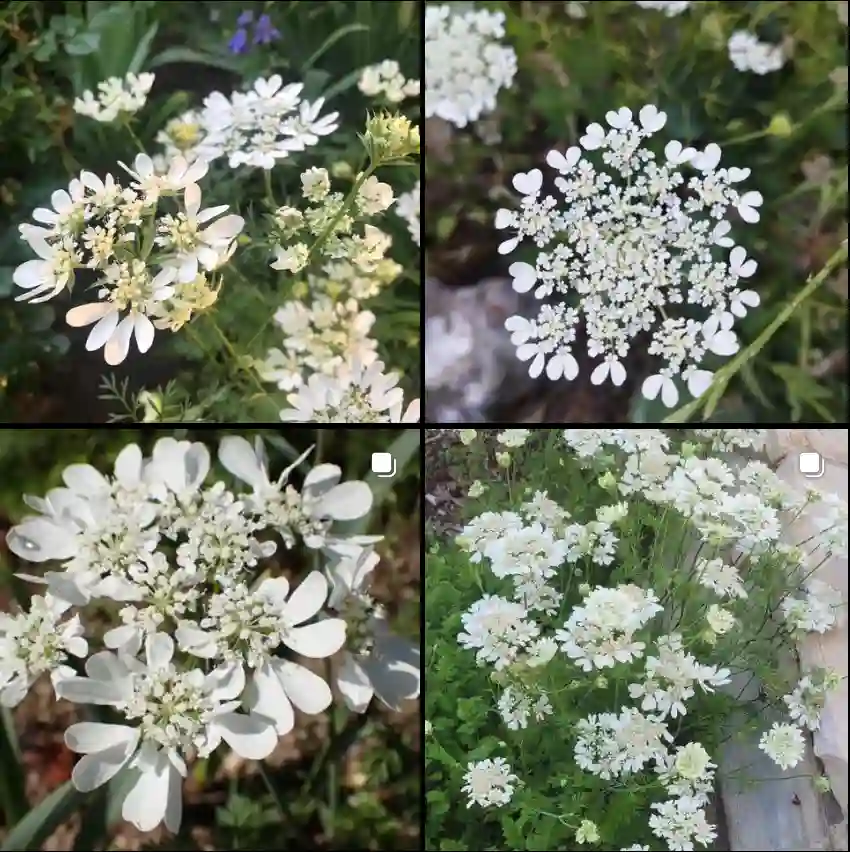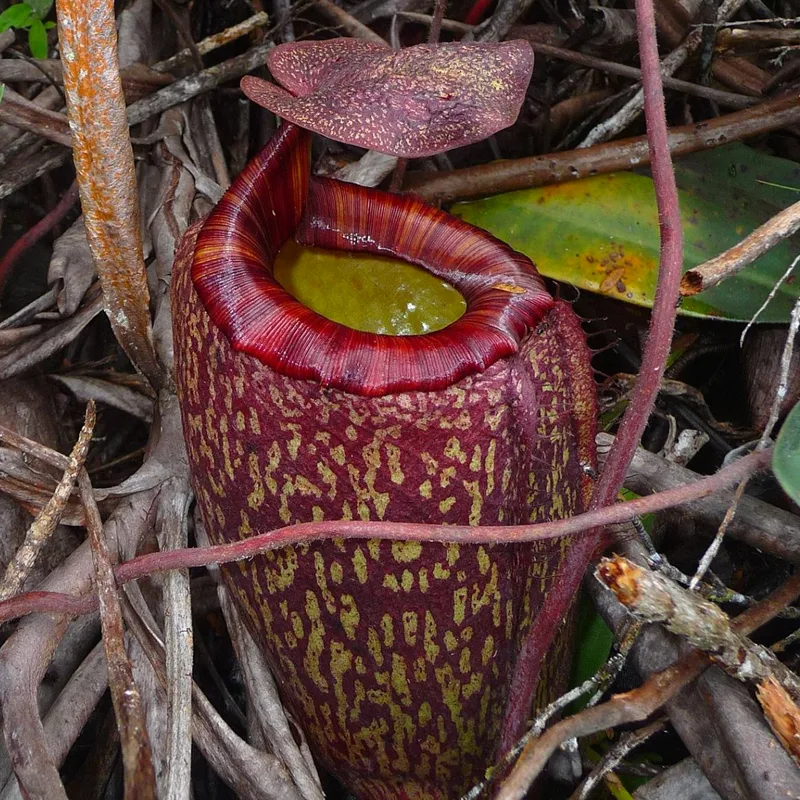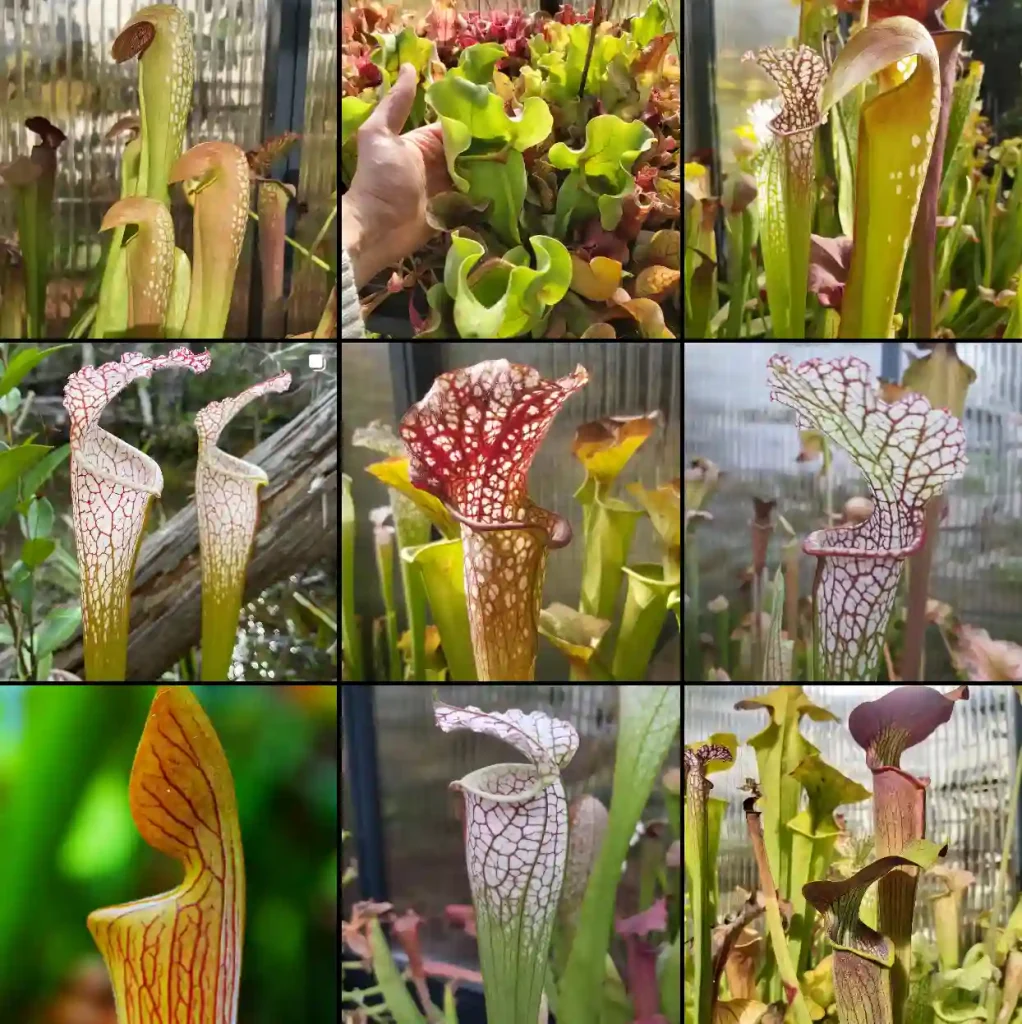
Hoya Longifolia: A Guide for Plant Enthusiasts
Hi, Ferb Vu here. Today, we’re diving into the world of Hoyas and focusing on the captivating Hoya Longifolia. This beauty boasts long, slender leaves and fragrant blooms, making it a coveted addition to any plant collection.
Whether you’re a seasoned Hoya enthusiast or a curious newcomer, this FAQ will equip you with the knowledge to nurture your Longifolia to its full potential.
566 Species in Genus Hoya
Light: Let the Sunshine In (But Not Too Much)
Hoya Longifolia thrives in bright, indirect light. Think south-facing windows with sheer curtains or east/west windows where it receives morning or afternoon sun. Avoid harsh, direct sunlight, which can scorch the leaves.
Similarities and Differences with Other Hoyas: Most Hoyas appreciate bright, indirect light. However, some Hoyas, like Hoya Carnosa (commonly known as the Wax Plant), can tolerate lower light conditions.
Actionable Tip: Rotate your Hoya Longifolia regularly to ensure even growth.
Water: When in Doubt, Leave it Out
Hoya Longifolia, like most Hoyas, leans towards the drought-tolerant side. Overwatering is a common enemy. Let the soil dry completely between waterings. Signs of thirst include wrinkled leaves that feel slightly soft.
Comparison with Other Plants: Unlike moisture-loving plants like ferns or peace lilies, Hoyas require a well-draining potting mix and infrequent watering.
Pro Tip: Stick your finger in the soil to check for moisture. If the top inch is dry, it’s watering time.
Soil: The Foundation for Growth
Choose a well-draining, airy potting mix specifically formulated for cacti and succulents. You can also create your own by mixing equal parts potting soil, perlite, and orchid bark.
Actionable Tip: Ensure your pot has drainage holes to prevent waterlogging.
Fertilizer: A Little Goes a Long Way
Fertilize your Hoya Longifolia during the growing season (spring and summer) with a balanced, diluted liquid fertilizer once a month. Avoid overfertilizing, which can damage the roots. During winter, feeding can be reduced or stopped altogether.
Relevance to Real World: Just like humans don’t need constant heavy meals, plants don’t require excessive fertilizer.
Common Issues and How to Fix Them
Slow Growth: This could be due to insufficient light, underwatering, or lack of fertilizer during the growing season. Adjust your care routine accordingly.
Pests: Mealybugs and scale can occasionally bother your Hoya. Treat them with insecticidal soap or neem oil spray.
Leaf Loss: Sudden leaf drop can be caused by stress from factors like repotting, temperature fluctuations, or underwatering. Address the cause and your Hoya should recover.
No Blooms: Low light, incorrect fertilization, or a young plant can contribute to a lack of blooms. Ensure proper care and provide the right light conditions to encourage flowering.
Hoya Longifolia vs Hoya Shepherdii
These two Hoyas share a similar appearance, but there are subtle differences. Hoya Longifolia has pure white flowers with a yellow center, while Hoya Shepherdii boasts a pink tinge in the flower’s corona (the central cluster). Additionally, Hoya Shepherdii’s leaves can be slightly wider than Longifolia’s.
Hoya Longifolia vs Wayetii
Hoya Longifolia stands out with its elongated waxy leaves that resemble string beans, while Hoya Wayetii boasts broader, heart-shaped leaves. The flowering pattern is another distinguishing feature, as Longifolia showcases star-shaped, fragrant blooms, while Hoya Wayetii displays clusters of delicate, waxy flowers.
Conclusion: The Allure of Hoya Longifolia
With its elegant foliage and fragrant blooms, Hoya Longifolia is a captivating addition to any indoor space. By following these simple tips, you can cultivate a thriving Hoya and witness its unique beauty firsthand. Remember, patience and consistent care are key to unlocking the full potential of this captivating plant.
If i die, water my plants!



